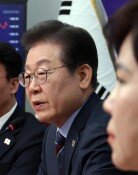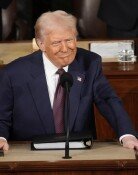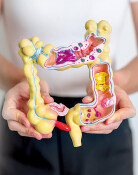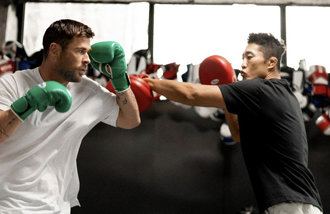Chusa
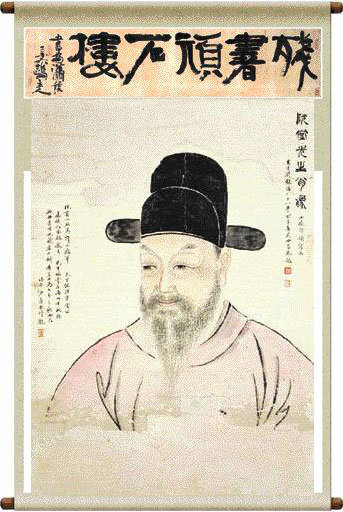
Special exhibitions will be held to commemorate the 150th anniversary of Chusas death (October 10 in lunar calendar) this fall and illuminate Chusa beyond his famous calligraphy.
Looking for the Unity of Learning and Art
Chusa Kim Jeong-hui: the Unity of Learning and Art to be held at National Museum of Korea from October 3 through October 19 focuses on Kim Jeong-hui as a humanist representing his times. Chusa was a 19th Century East Asias representative intellectual who made outstanding accomplishments in various areas including epigraphy, Chinese classics, Buddhism, poetry, and art.
The special exhibition displays: rubbed copies of old gravestones such as King Jinheungs made under the influence of epigraphic studies to find historical meanings; letters Chusa sent and received from Chinese scholars, including Damgye Jeokdok sent by Ong Bang-gang, a scholar in the Ching Dynasty.
It also introduces Chusa with broad humanistic knowledge and international sense revealed in his Notes on Japanese Culture.
Also included are: Janseo Wanseoknu, the whole envoy to Sehando, Buri Seollando, which is evaluated to be the best Indian-ink drawing of orchids, and critical notes on Anpyeong Daeguns sagyeongcheop, which are written in the neat printed style of writing, Wandang Cheokdok, a collection of letters to his family in his exile days, Naga Mugyeon, a collection of letters to Choui Seonsa, and a hanging scroll with Chusas and Kwon Don-ins landscape paintings, which is owned by Goryeo Gallery in Japan.
Chusa Calligraphy Homecoming Exhibition held at Gwacheon Culture Center until November 7 is also attracting attention. It displays Chusas letters and paintings donated by Fujizuka Jikashi (1879~1948), a pioneer in the Japanese study of Chusa.
The letters and paintings displayed reveal the history of exchanges between Ching Dynasty and Joseon scholars: Wang Hui-sons Letter to Chusa, a collection of letters sent by Ching Dynasty scholars to Joseon scholars, and Chusas painting of a farewell party hosted by Chinese scholars in Beijing at the end of his visit to Beijing.
Gansong Gallery will hold a special exhibition on Chusa for two weeks from October 15, while Leeum Samsung Museum of Art will make a separate room for Chusa on October 19 to display the 547th Treasure Banya Simgyeongcheop and Jukno Jisil in its special exhibition of Paintings at the end of Joseon Dynasty (until January 28).
Chusa as an alternative to the Crisis of Humanities
The recent interest in re-illuminating Chusa Kim Jeong-hui is closely linked to the statements on the crisis of humanities published by humanities professors of Korea University on September 15 and by deans of humanities in ninety three universities. Many humanists find the current crisis of humanities is related to the lack of openness and communication in humanities.
Seoul National University Korean Literature Professor Park Seong-chang argued that to overcome the crisis, the current research system centered on isolated individual disciplines should be replaced by an interdisciplinary humanities research system. Chusas scholarly accomplishments point to integrative humanities.
National Museum of Korea Exhibition Team chief, Choi Eung-cheon, said, Chusa created a unique painting combining letters and drawings as shown in his Buri Seollando and made his own perfect scholarly world by integrating literature, history and philosophy. From now on, Chusa will be highlighted as a humanist who combined various fields of study into his studies.
zozo@donga.com



